When it comes to exclusive collectible knives, the blade often gets the spotlight—but true connoisseurs know that the handle is where artistry thrives. The choice of material not only affects the knife’s aesthetics but also its value, durability, and the uniqueness that makes it collectible. Among the most admired materials are wood, bone, and metal—each offering distinct qualities and creative possibilities for master artisans.
Exploring Materials: Wood, Bone, and Metal in Exclusive Knife Handle Art
Wood: Timeless Warmth and Natural Beauty
Wood has been a favorite for knife handles for centuries, offering a balance of practicality and artistry.
-
Advantages:
-
Warm and comfortable in hand.
-
Can be stabilized, dyed, or combined with resins for durability.
-
Allows detailed carving and engraving.
-
-
Popular Choices: Walnut, ebony, rosewood, olive, and rare burl woods.
-
Artistic Value: Collectors appreciate wood for its unique grain patterns—no two handles are ever identical. The ability to carve, burn, or inlay designs makes wood a canvas for personal expression.

Bone: Organic Elegance with Historic Appeal
Bone handles connect collectors with tradition, often evoking the craftsmanship of centuries past.
-
Advantages:
-
Distinct texture and natural ivory-like appearance.
-
Can be polished to a glossy finish or dyed for artistic effects.
-
Strong enough for functional knives, yet refined enough for art pieces.
-
-
Popular Sources: Camel bone, antler, and stag horn.
-
Artistic Value: Bone lends itself well to scrimshaw, engraving, and dyeing techniques, creating collectible knives with character and historical resonance.

Metal: Strength Meets Modern Luxury
Metal handles embody durability, precision, and a more contemporary form of elegance.
-
Advantages:
-
Highly durable and resistant to wear.
-
Can be sculpted into intricate patterns or combined with precious materials.
-
Offers a modern, sleek aesthetic.
-
-
Popular Metals: Stainless steel, brass, bronze, titanium, and even silver or gold for luxury knives.
-
Artistic Value: Artisans use metals to create ornate guards, inlays, and decorative pommels. Collectors value metal handles not just for their endurance, but for the prestige of precious alloys and handcrafted embellishments.

The Collector’s Perspective
For collectors, the handle is often the true heart of the knife’s value. Wood adds warmth and individuality, bone carries heritage and elegance, and metal delivers strength and luxury. Many of the world’s most exclusive knives even combine these materials—a carved wood base with bone inlays and metal accents, turning the handle into a masterpiece.
Final Thought
The artistry of knife handles goes far beyond function. Wood, bone, and metal each tell a story—of nature, tradition, or modern craftsmanship. For collectors and enthusiasts, understanding these materials is the key to appreciating why a knife transcends utility to become a work of art worth treasuring.

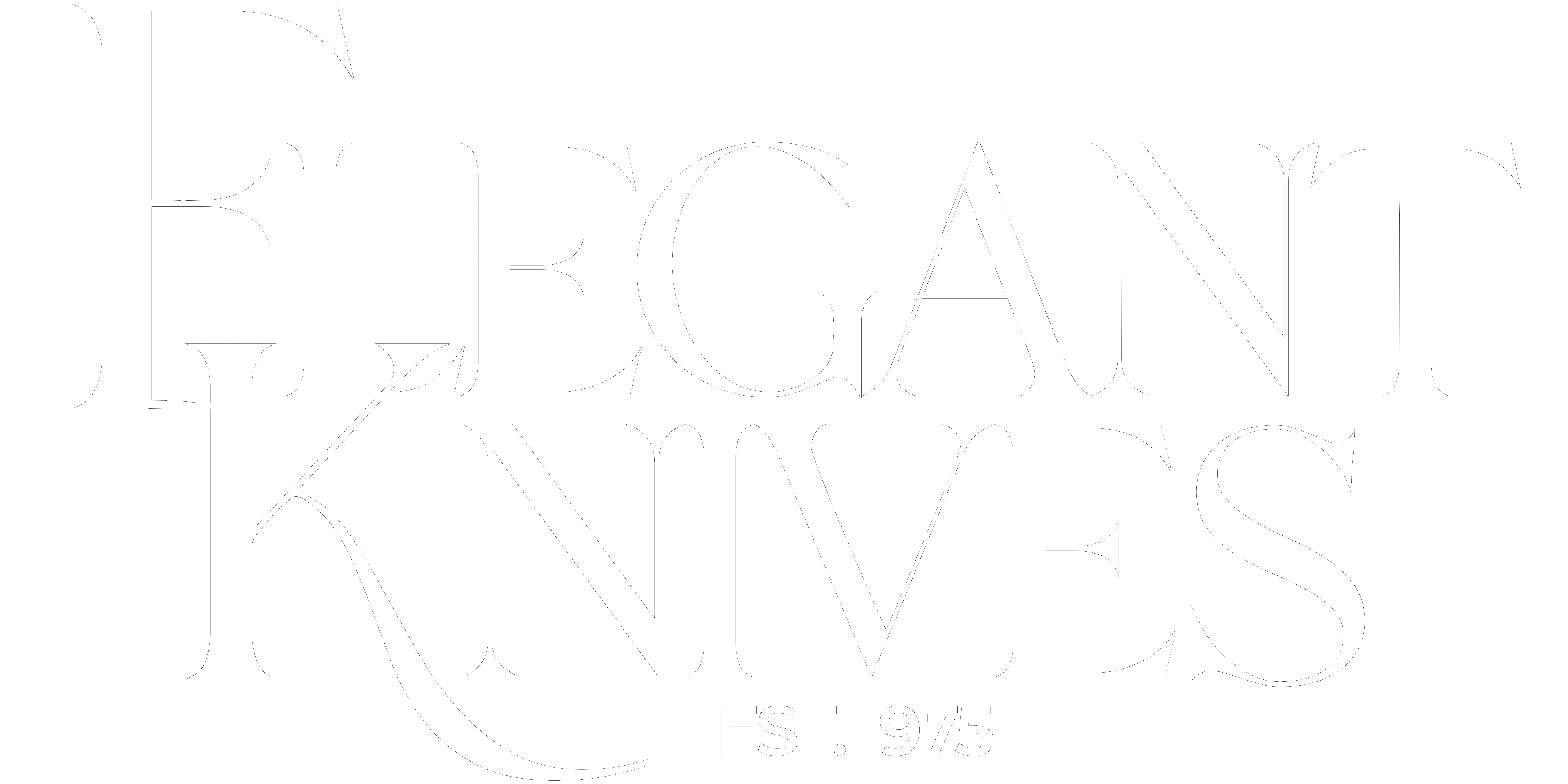

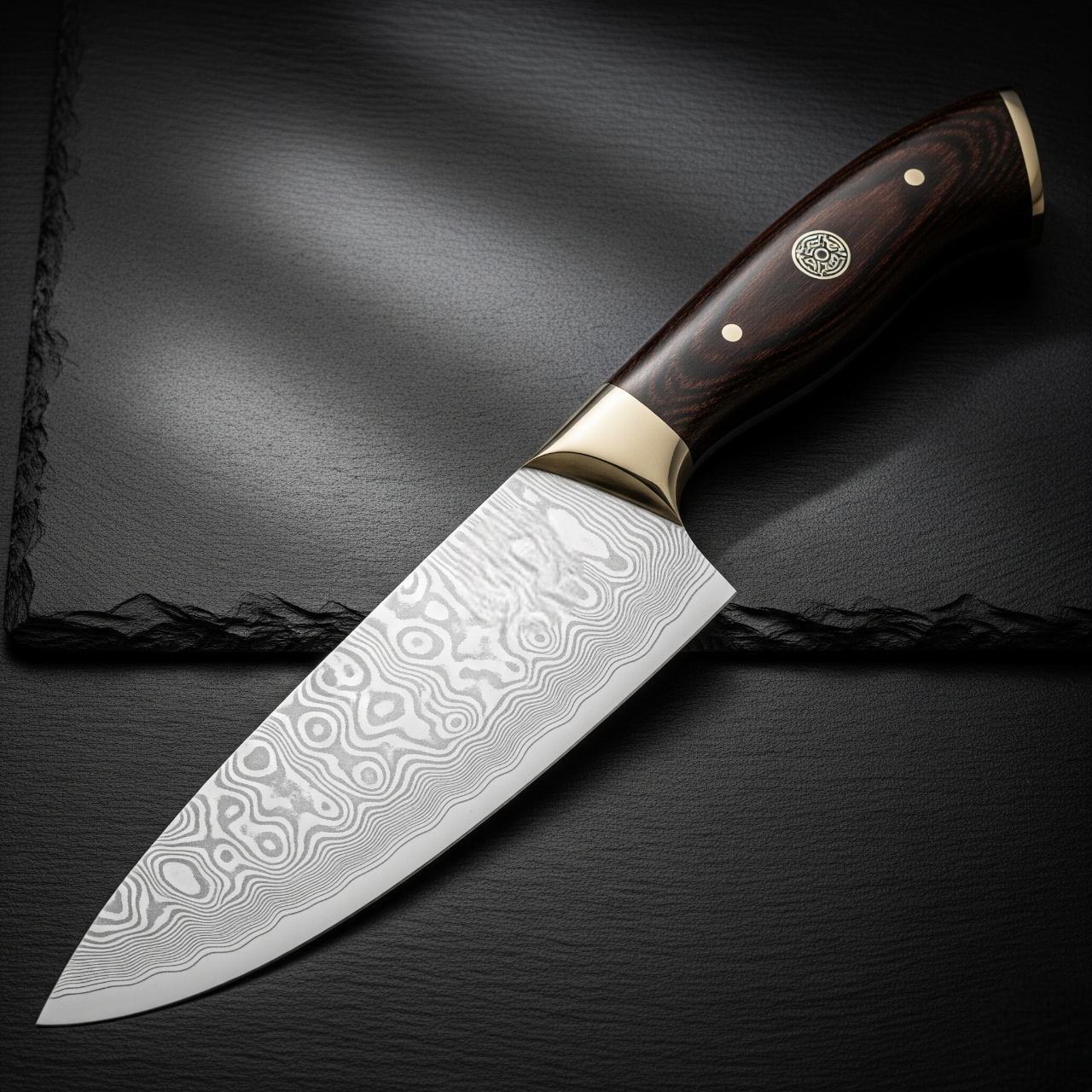
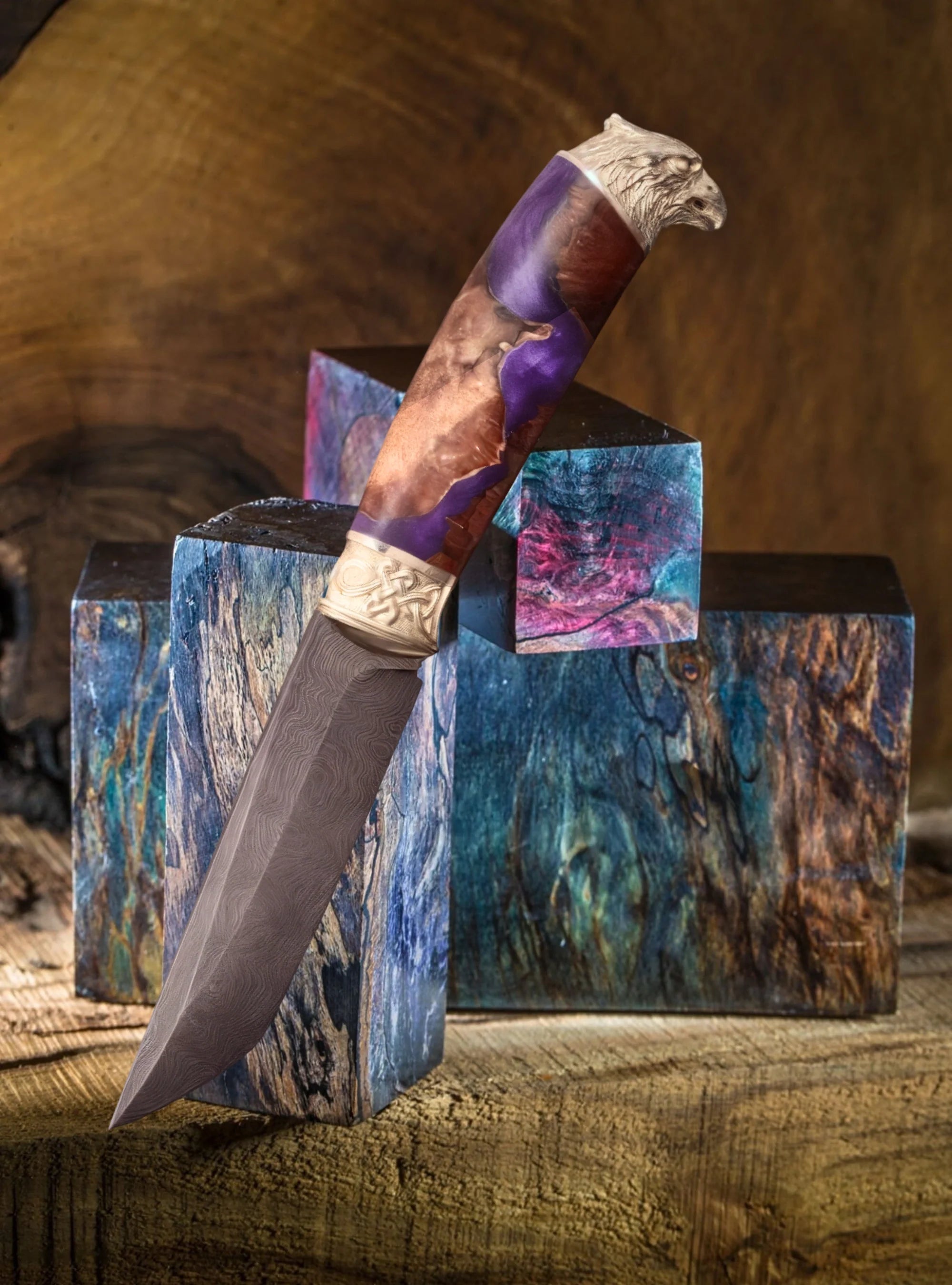
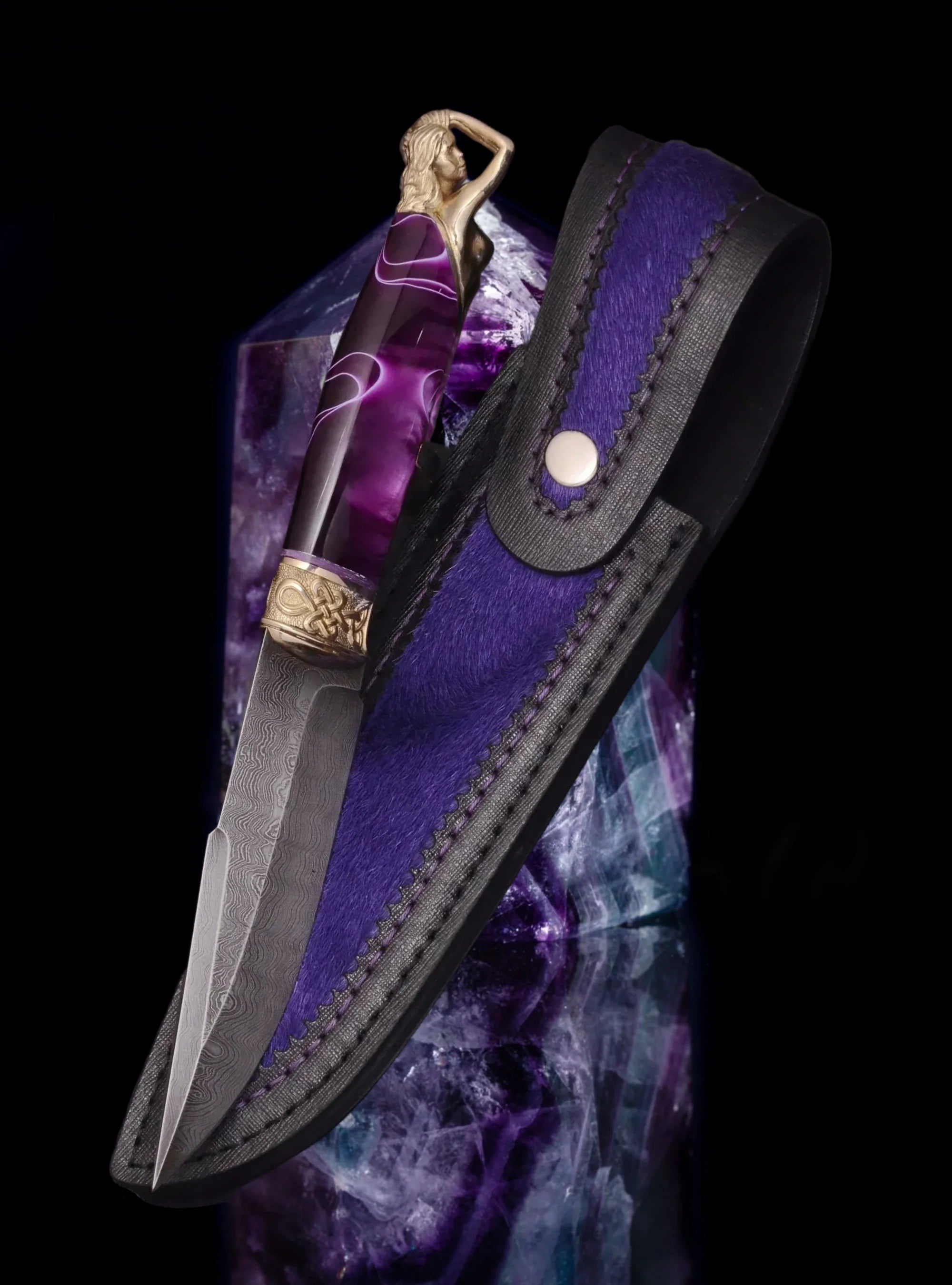
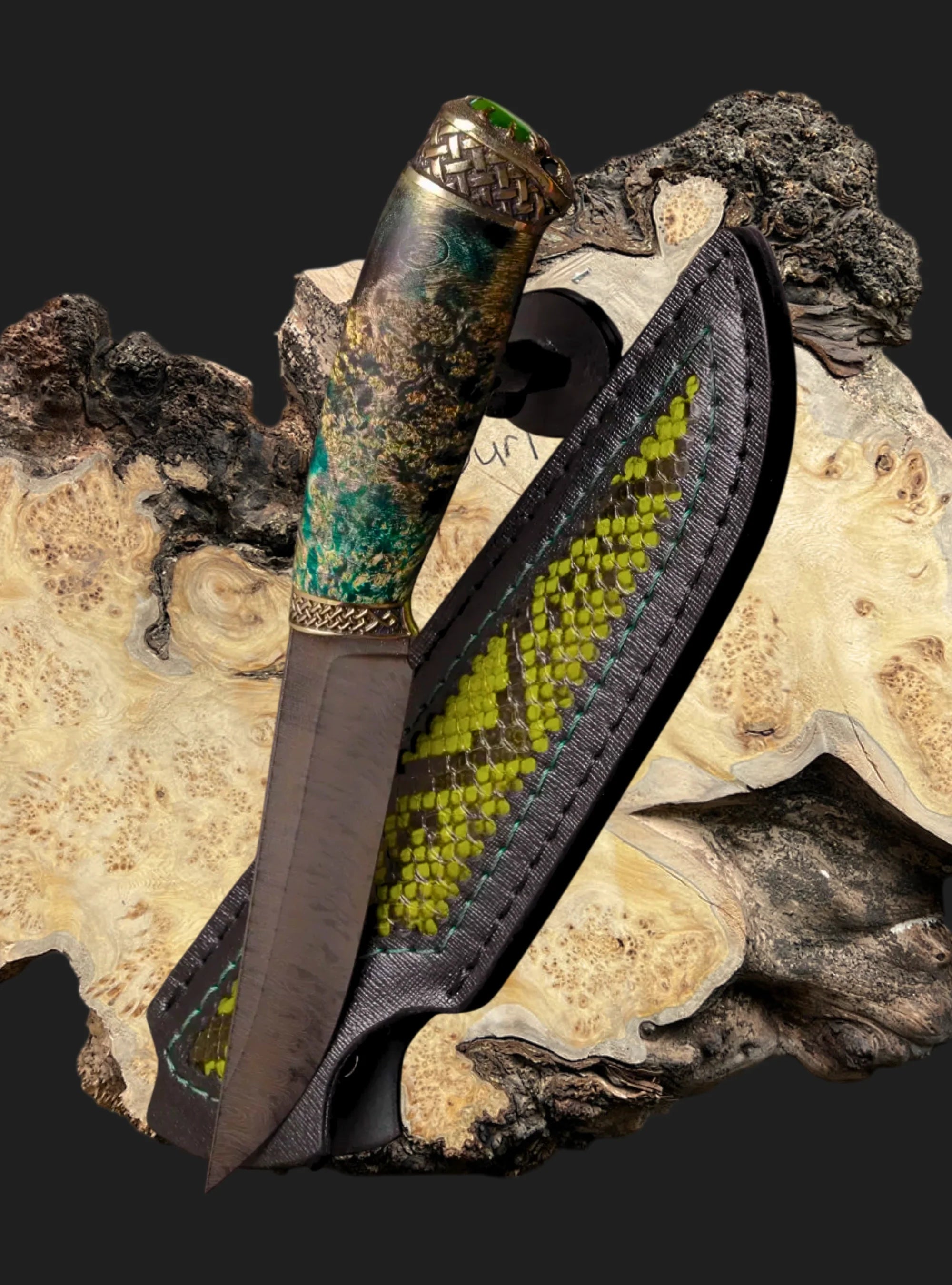
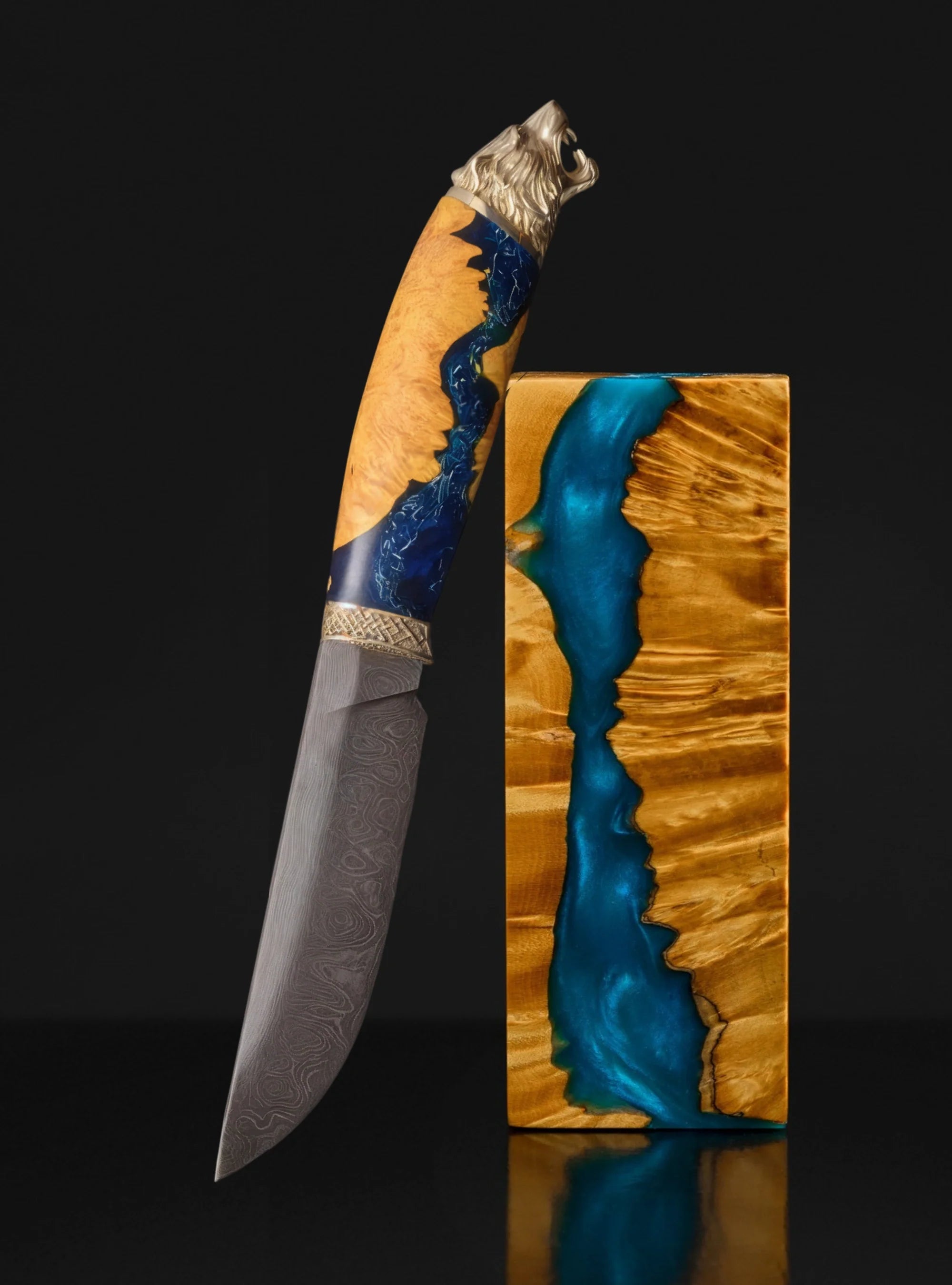
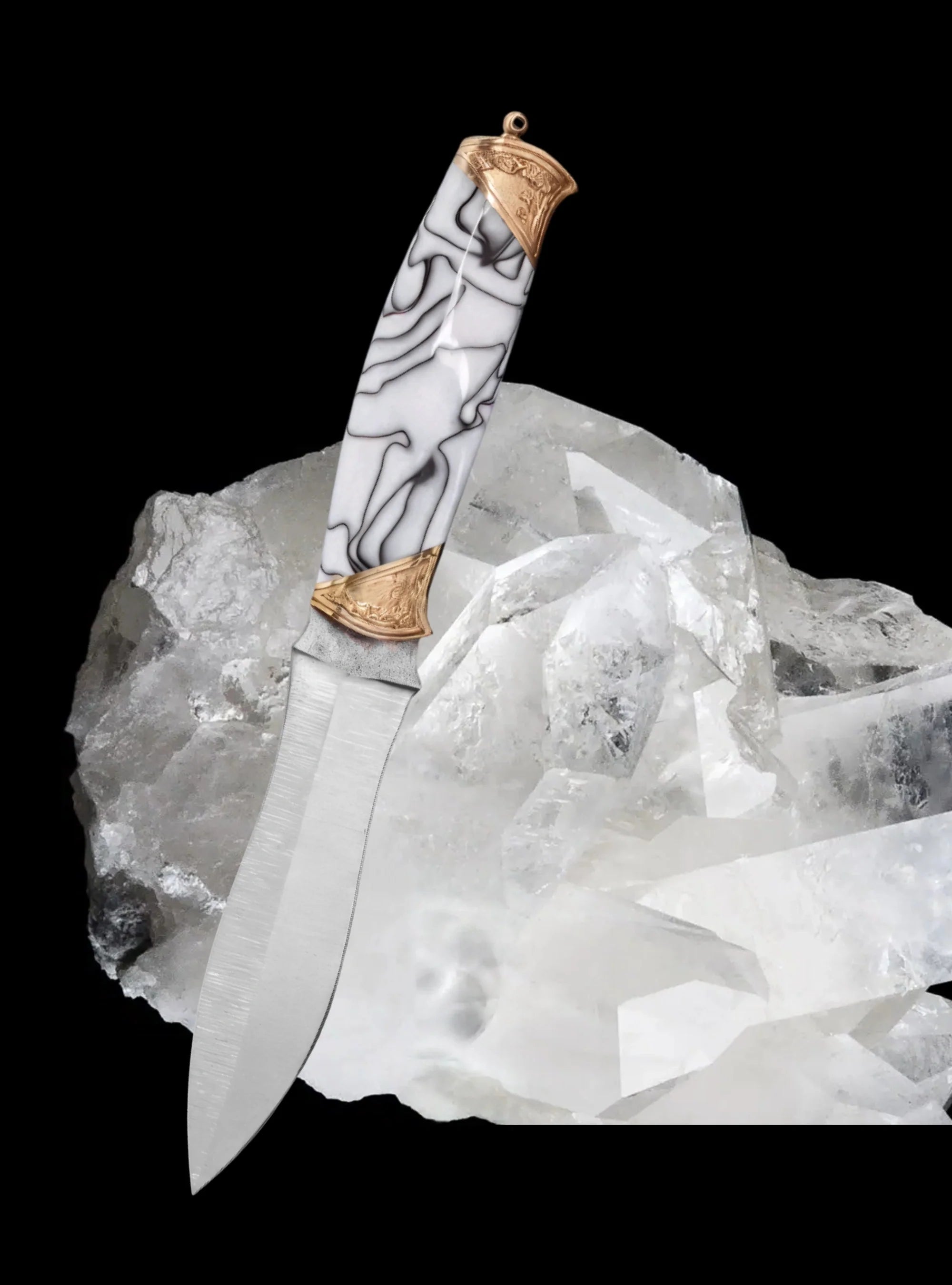
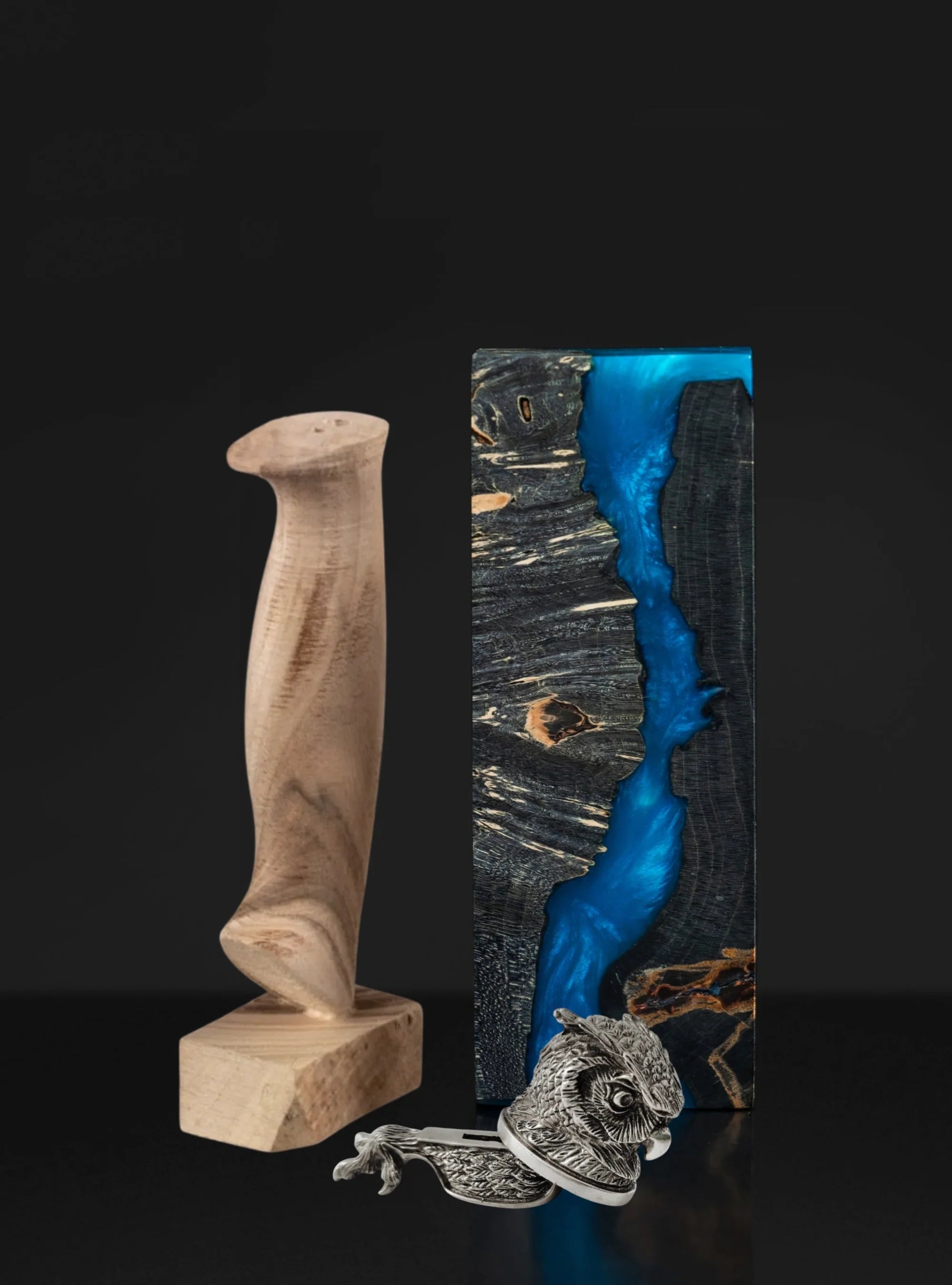
Share:
Why Knife Handles Are the True Art of the Blade (and How to Start Collecting Them)?
How Designer Handles Transform Knives Into Luxury Gifts for Collectors?